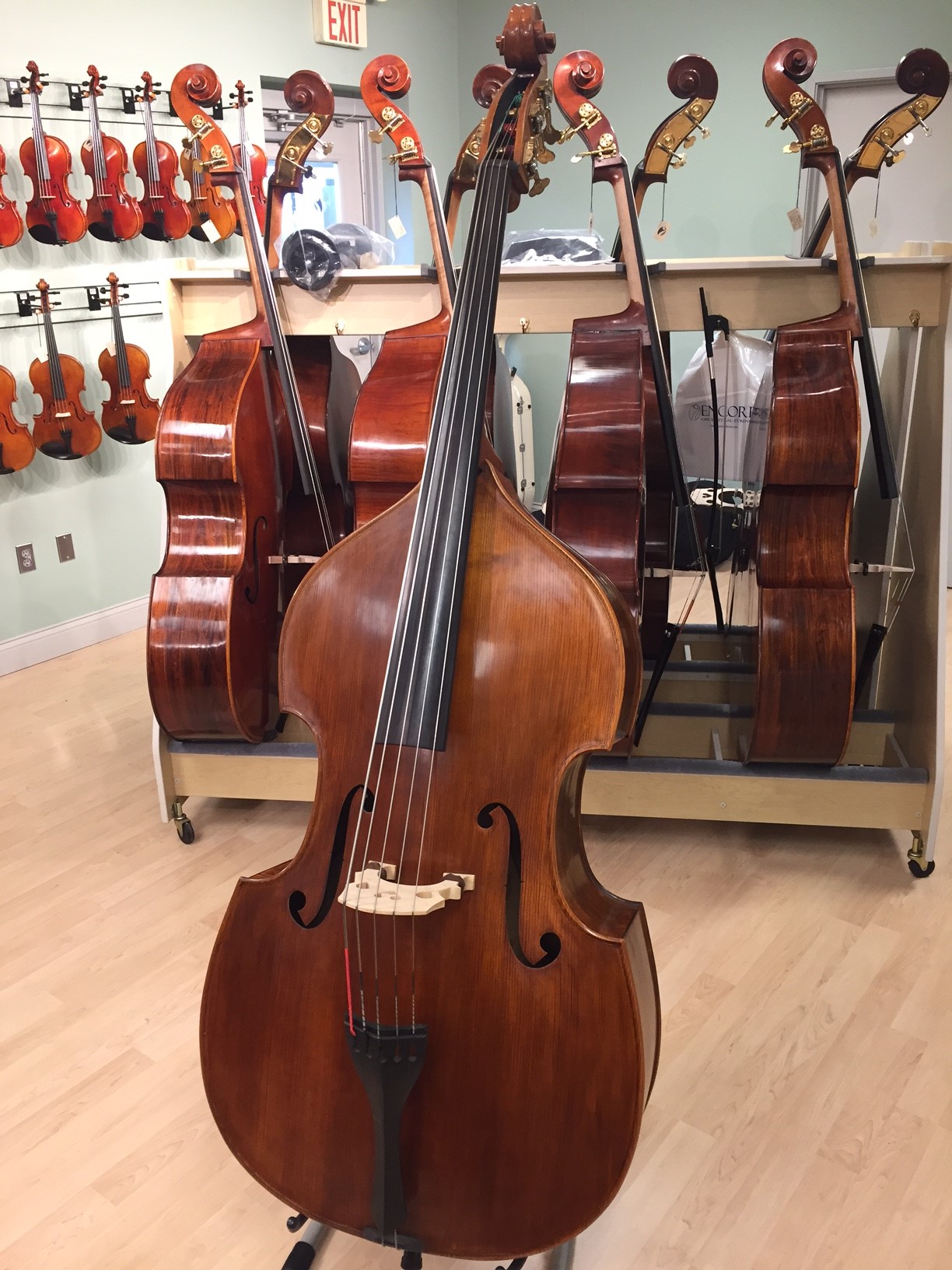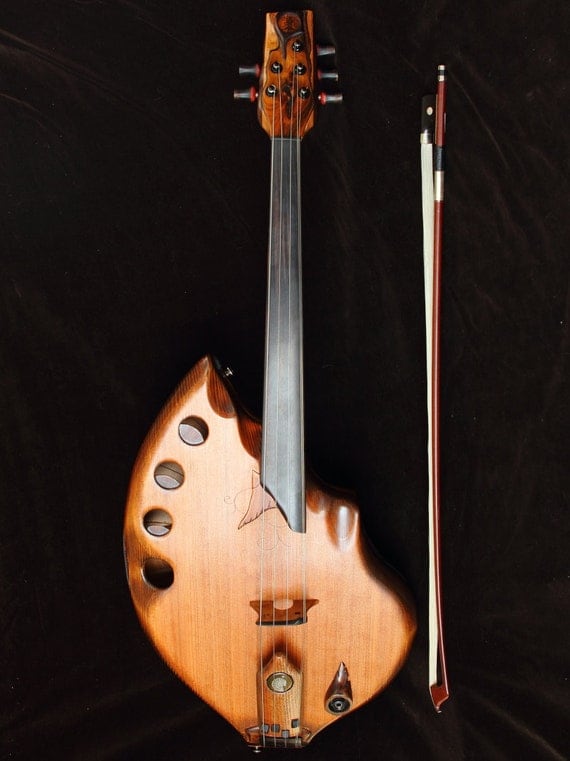


4-String BanjosĪlthough they have four strings, banjos with four strings aren’t usually played as basses guitars (bass banjos exist, however). The fifth string’s short length is why the banjo is unique. The fifth string can also be known as “the “thumb string” or “drone string” because the early “clawhammer” banjo technique involved the thumb picking the fifth string frequently, making the syncopated sound that is associated with the banjo.Īs you may know, apart from the traditional five-string banjos adored by bluegrass musicians, banjos can be found in many different configurations. The banjo’s strings can significantly impact the sound of your instrument and the playability. Banjos are built in a variety of different models and types, just like other instruments are. It may surprise the beginner banjo player to learn that there are numerous kinds of banjos to choose from. How Do The Strings Of a Banjo Differ From Other Stringed Instruments? The most crucial element in a banjo’s unique sound is its head, which was initially comprised of skin, but today is made of synthetic materials similar to the ones used for drum heads. When stretched to different tensions, the head transmits the sound by the degree of tightness. The bridge acts as a conductor of sound that must be carved to the desired thickness and constructed from the material that transmits sound in the way that the player wants it. The resonator’s depth or the absence of a resonator altogether alters the sound of the banjo sound. The neck is the main “color added” contributor. The tone ring and the rim are the core of the banjo’s tone. The distinctive notes result from the intricate way the strings of the banjo stretch when pulled. Today, we have an answer thanks to research by David Politzer at the California Institute of Technology in Pasadena, who, when he is not working, is also a Nobel prize-winning theoretical scientist. But let’s look at the facts that make the banjo have a bell-like sound, and what makes it distinct from other stringed instruments, such as the guitar? The violin soon outmoded its aforementioned predecessors, as it became the choice design of treble bowed string instrument by the start of the 17th Century and the Baroque Era.How Does the Sound of Banjo Differ From Other Stringed Instruments?īanjos are stringed instruments that create a distinct metallic sound, usually associated with folk, country bluegrass, and country music.

The viola da braccio came soon after, the closest ancestor to the modern violin, with f-holes instead of the vielle’s c-shaped holes. With the addition of a fingerboard, a leaf-shaped peg box and five gut strings, it started to resemble the modern violin. Popular in Western Europe starting in the 14th Century, the vielle, or Renaissance fiddle, evolved from the rebec and rebab in France. Evolving from the rebab as well as its Byzantine cousin, the lyra, the rebec typically had three strings and a long, boat-shaped body carved from one solid piece of wood. The Moors conquered Spain in the 8th Century and brought cultural influence to the Iberian Peninsula for centuries to come. It was held in the lap and played with a resined bow.Ĭoming into being in the 10th Century, the rebec was the first bowed stringed instrument to be played on the arm or under the chin. The rebab’s pear-shaped body was made from a gourd with a long neck. The instrument’s two silk strings were attached to an endpin and strung to pegs and tuned to fifths, much like the modern violin. Today the ravanastron is made from half a coconut shell with the opening wrapped in goat hide, and attached to a bamboo stick and a steel string.Ī later, more direct relative of the violin is the rebab, which became prominent along Muslim trading routes starting in the 8th Century. It comprised of one 22-inch string spanning three octaves, which is similar to the combined tonal range and string length of all four strings of the modern violin. The ravanastron is the oldest known ancestor of the violin, a bowed string instrument existing in Sri Lanka as far back as 5000 BC. The ancient Greek kithara and the medieval Chinese erhu are stringed instruments indirectly related to the violin. Central Asian and Mongolian nomads may have been the first to bow stringed instruments, their idea spreading to East and South Asia as well as the Middle East. Bowed stringed instruments were crafted in various countries long before instruments we know today as violins, violas and cellos were made in 16th-century Italy.īefore the invention in Italy of instruments we know today as the violins, violas and cellos, many other stringed instruments existed in different times and parts of the world with varying features in common with the violin, some predating the violin by several millennia.


 0 kommentar(er)
0 kommentar(er)
